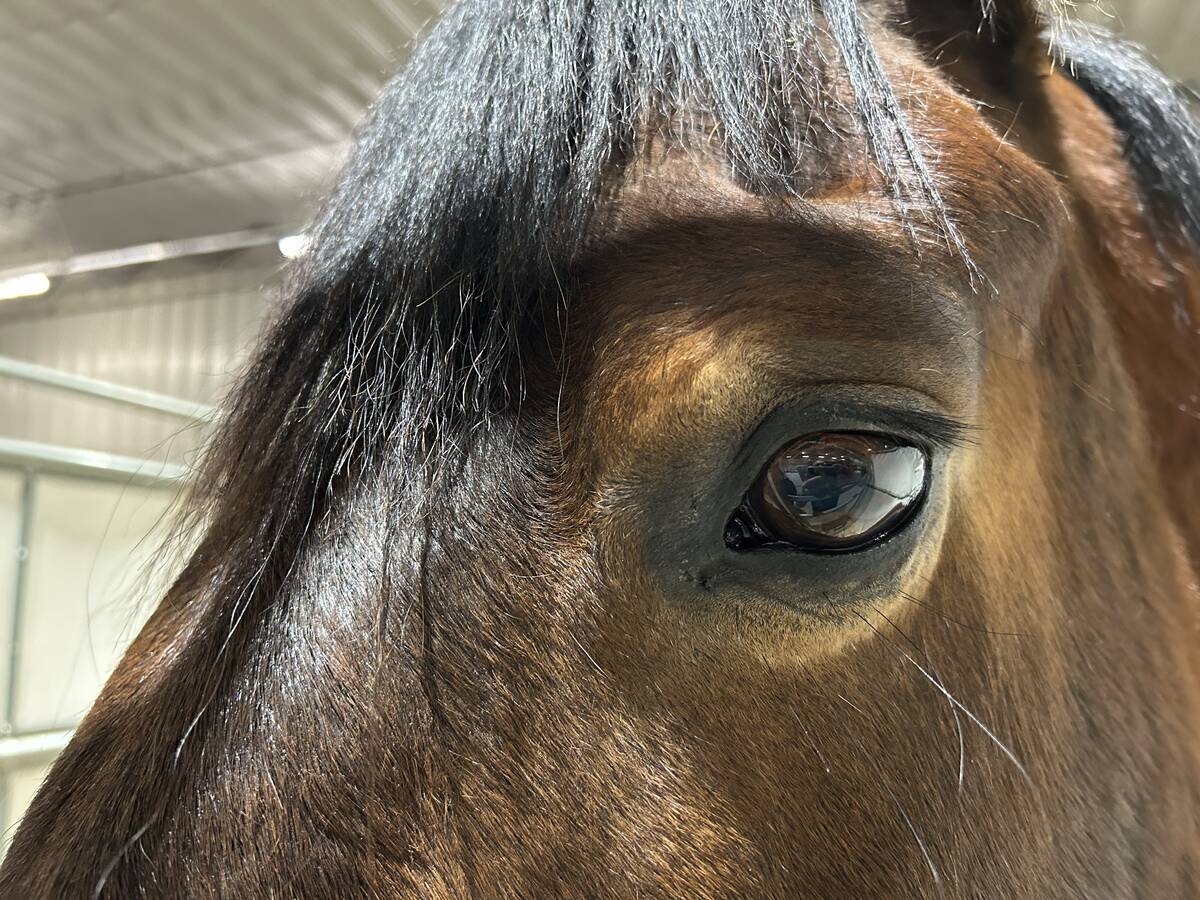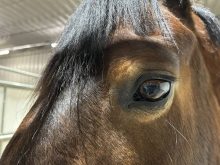A new joint research cluster focused on hog producers’ priorities will get the bulk of a $15 million federal funding package for hog industry development.
As with other commodity sectors’ research clusters announced in recent months, the hog cluster will see funding flow from the federal Agri-Science Clusters program — in this case, $9.5 million, backed up with a $1.7 million contribution from the industry.
The Canadian Swine Research and Development Cluster will pull together “dozens” of researchers from Canadian industry, government and academia to work on projects addressing “key research and development priorities” such as feed costs, food safety and quality and animal welfare, the government said in a release Friday.
Read Also

Equine herpes case confirmed at Moose Jaw Exhibition Company
The Moose Jaw Exhibition Company has been placed under quarantine, effective Dec. 22, due to a confirmed case of equine herpesvirus-1 (EHV-1) at the grounds.
“We often think firstly and foremostly about improved economics around production but more importantly we’re trying to address some of the needs of our public and the consumer,” Karin Wittenberg, acting dean of the University of Manitoba’s faculty of agriculture, said Monday on the industry-sponsored program Farmscape.
The cluster funding, she said, will support study of issues such as feed formulation and feed delivery, but is also expected to support research that reduces adverse impacts on the environment and that produces animals with meat qualities that suit the demands of consumers at home and abroad.
The funding was announced Friday in Winnipeg at the U of M-based National Centre for Livestock and the Environment.
Another $3.3 million in federal funds, through the Canadian Integrated Food Safety Initiative (CIFSI), will go toward improvements to the Canadian Pork Council’s traceability system, PigTrace Canada.
PigTrace is meant to track movement of hogs across the country, so during a potential animal disease outbreak, the Canadian Pork Council will be able to quickly identify what farm the hog came from and what other animals it may have come in contact with.
“In addition to being critical for food safety, a strong traceability system also gives Canadian farmers access to even more markets,” the government said in its release.
The federal AgriMarketing program will put up another $1.4 million to fund the Canadian Swine Exporters Association (CSEA) for participation in major trade shows, conferences and seminars, as well as organization of incoming and outgoing missions that promote purebred breeding stock and develop new markets for hog exports.
More generally, the funding is meant to build markets for Canadian swine genetics by updating health protocols for new and existing markets; recovering sales in closed markets; and helping Canadian producers increase their market share.
CSEA’s broader target markets include the European Union, Asia and Latin America.
“Premium product”
Fourthly, using $839,480 from the Canadian Agricultural Adaptation Program, the industry-led, non-profit Canadian Centre for Swine Improvement (CCSI) will work on methods to produce the optimal level of loin marbling in hogs, through new technologies, genetics and feed.
It will also look at promotion of pork marbling as a quality trait for international and domestic markets.
CCSI’s work will include studying the impact of genetics and feeding on marbling levels, and performing “sensory analyses” on the relationship between the amount of marbling and traits such as tenderness, juiciness and flavour.
Using ultrasound technology on live pigs to calculate the amount of marbling present, the CCSI will “determine the optimal combination of genetics and feeding,” the government said.
“These investments will build competitive advantages for our pork producers through research and development, through a strong traceability program and through the development of a premium product,” federal Agriculture Minister Gerry Ritz said Friday in Winnipeg.














